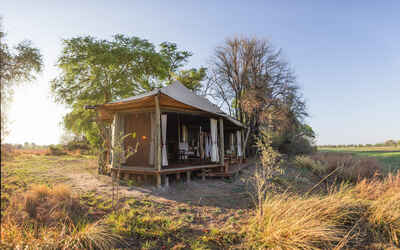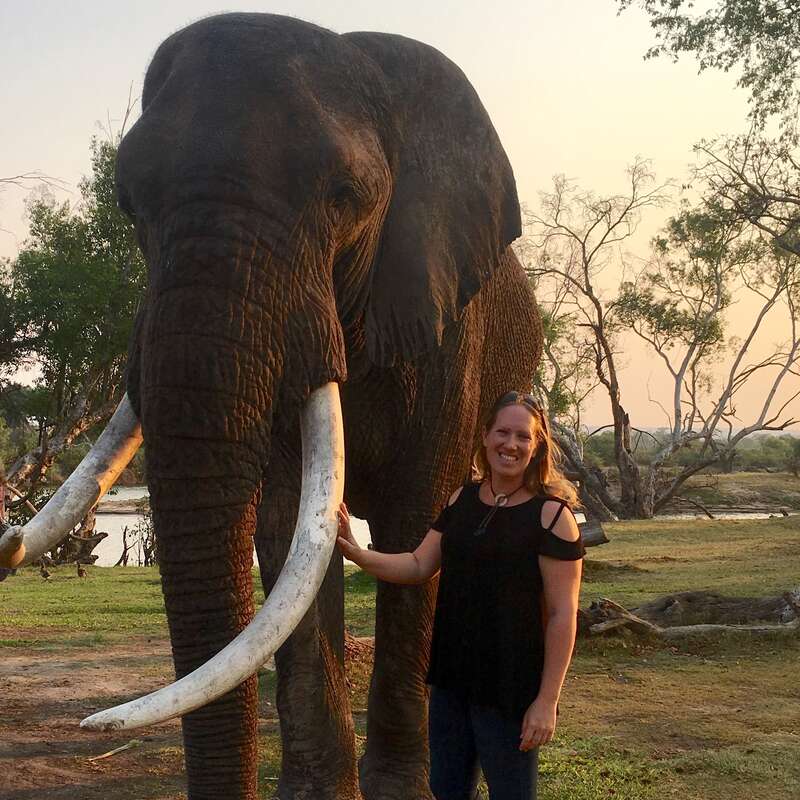About Musekese Camp
In a truly remote area of the Kafue, the owner-run Musekese has made a real name for itself.
Key to this reputation is the infectious enthusiasm of its founders, Phil and Tyrone, who have lived and worked in this huge park for many years.
With just five simple chalets, the camp feels almost dwarfed by its setting: backed by mature riverine trees and looking out over an expansive lagoon. Little wonder that the owners have dubbed it “Eden”.
Canvas walls with wide mesh windows fold around wooden frames under tented roofs, with en-suite bathrooms sharing the view.
At the heart of camp, rustic old tree trunks support a canvas roof above a polished stone floor. Take a drink from the bar and settle back on cushioned seating to watch for wildlife, or wander over to the split-level deck, which hosts the dining area – under cover or alfresco, depending on the weather – and a convivial firepit.
Explore this pristine wilderness by 4WD, or on foot; walking is a strong focus here, allowing access to areas where driving is impossible. A couple of boats add a further dimension, ideal for birding – or fishing. Or climb Musekese’s treehouse hide, a superb vantage point for spotting elephants. The choice is yours.
Our view
The wildlife viewing here is arguably some of the best in the Kafue, but we felt that the camp’s real strength lay in its simple camp charm, and the clear passion of Phil and Tyrone to protect this previously unused part of the park. Those looking for a true wilderness experience, hosted by excellent guides, will love it - it is definitely one of our favourite camps in the area.
Accommodation
5 chalets
Children
Best for 14+
Open
1 Jun to 30 Nov.
Activities

4WD Safari

Birdwatching

Boat trip

Fishing

Guided walking safari

Night drive
Traveller reviews of Musekese Camp
40 real, un-edited reviews from Expert Africa's travellers.
Arrived 11 Aug 2024, 5 nights
"5 nights at Musekese Camp "
Overall rating: Good
Arrived 21 Oct 2023, 3 nights
"Musekese Camp review"
Overall rating: Excellent
Arrived 12 Sep 2023, 3 nights
"Musekese Camp "
Overall rating: Good
Arrived 5 Sep 2023, 3 nights
"Musekese Camp review"
Overall rating: Good
Arrived 21 Oct 2022, 5 nights
"Musekese guests only!"
Overall rating: Excellent
Arrived 22 Sep 2022, 3 nights
"Musekese Camp review"
Overall rating: Good
Arrived 18 Sep 2022, 3 nights
"Musekese Camp review"
Overall rating: Good
Arrived 28 Jun 2022, 3 nights
"Stunning lagoonside camp"
Overall rating: Excellent
Arrived 10 Nov 2021, 5 nights
"Musekese Camp review"
Overall rating: Excellent
Arrived 31 Oct 2021, 3 nights
"Musekese Camp review"
Overall rating: Excellent
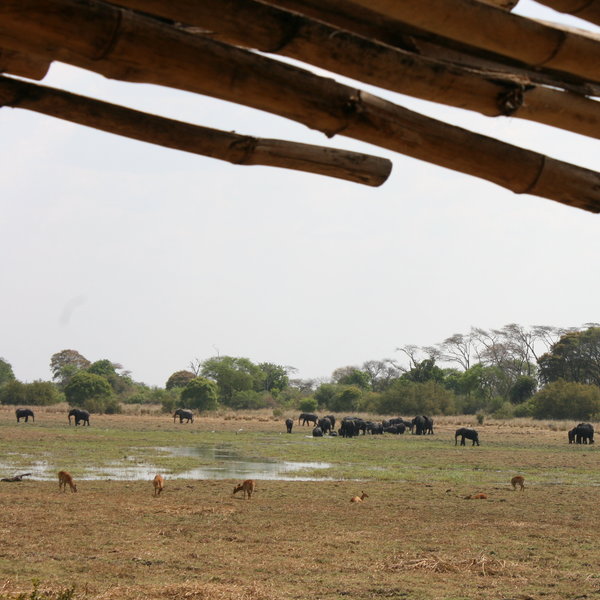
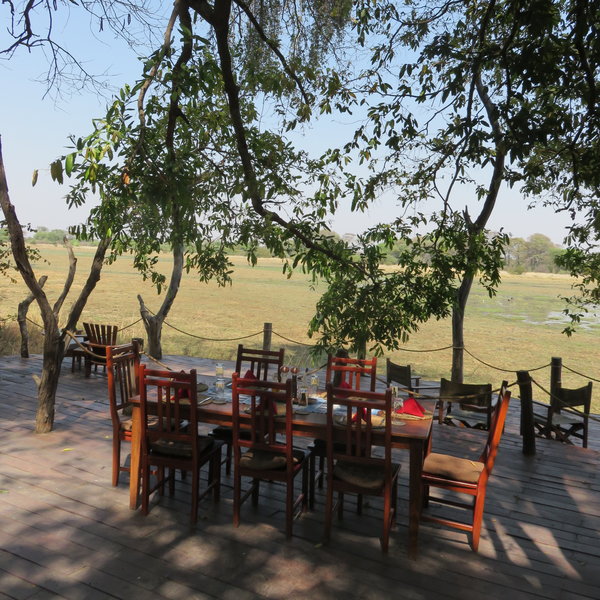
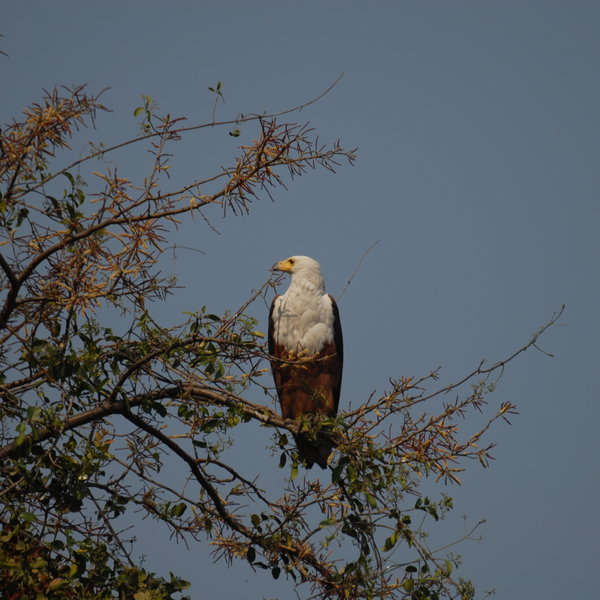
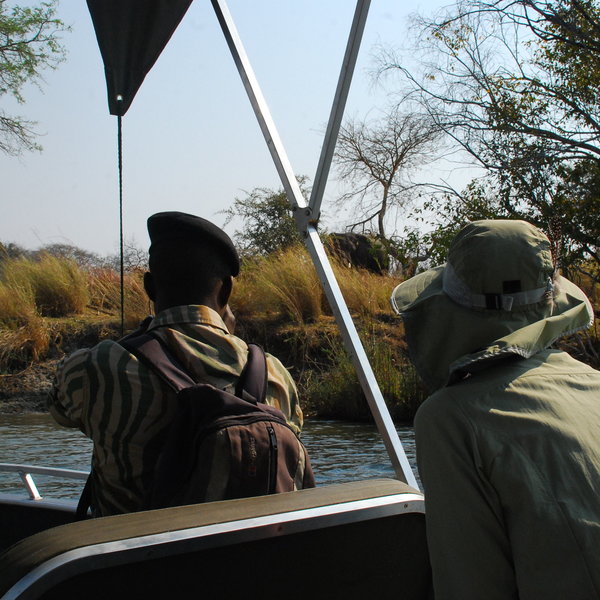
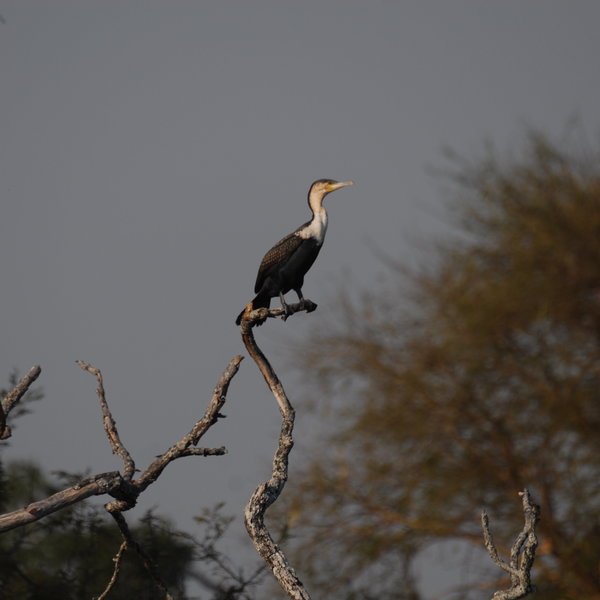
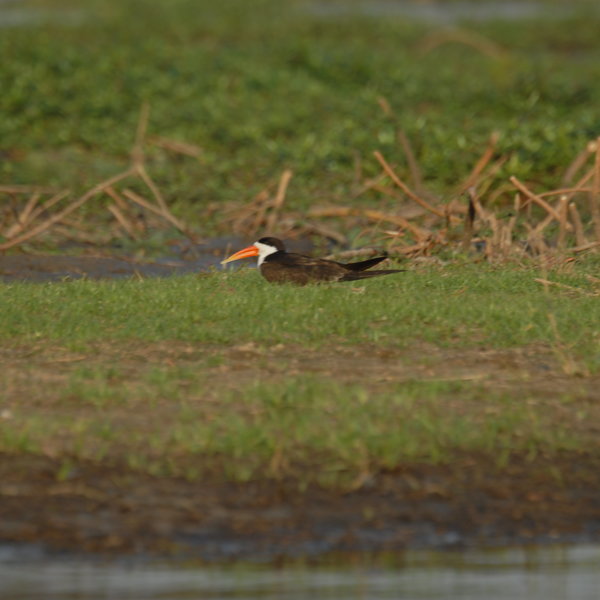
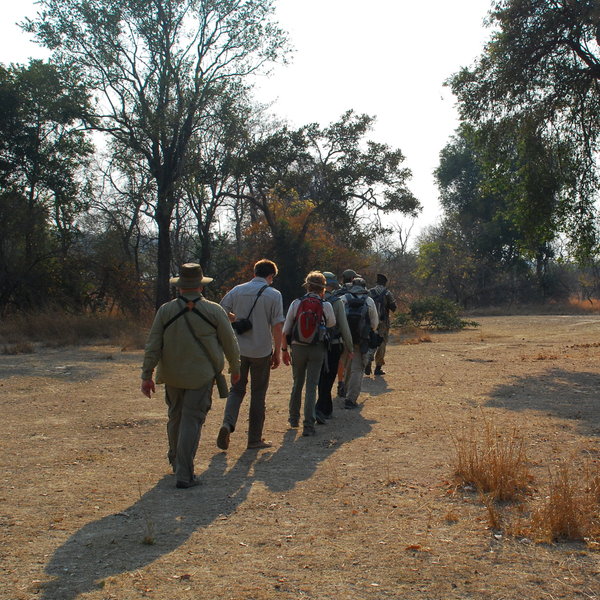
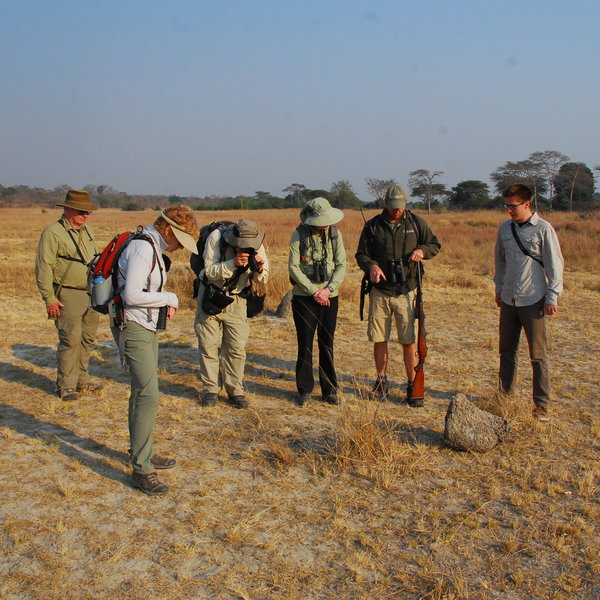
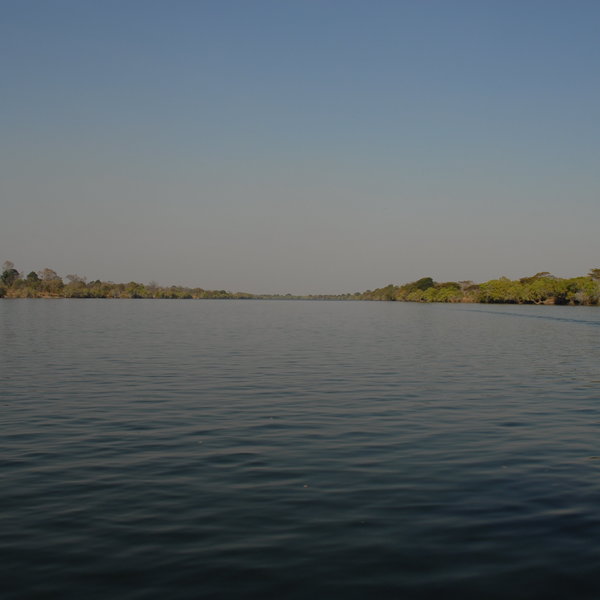
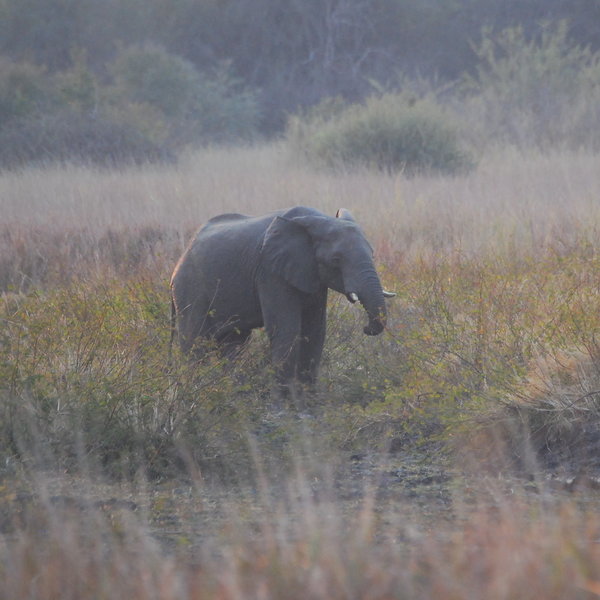
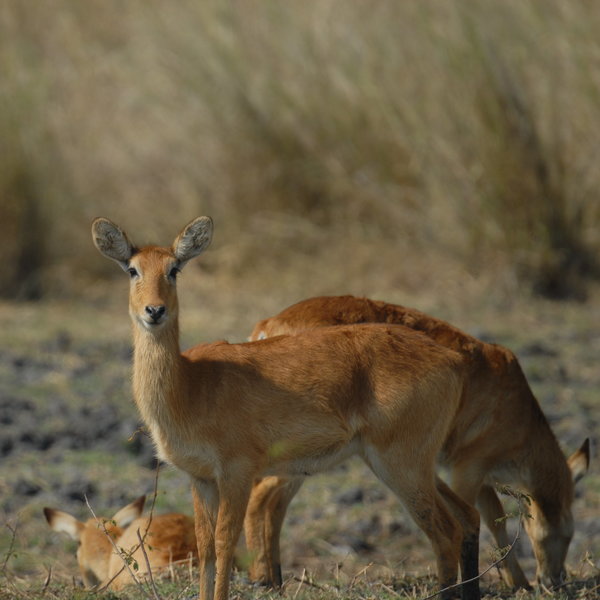
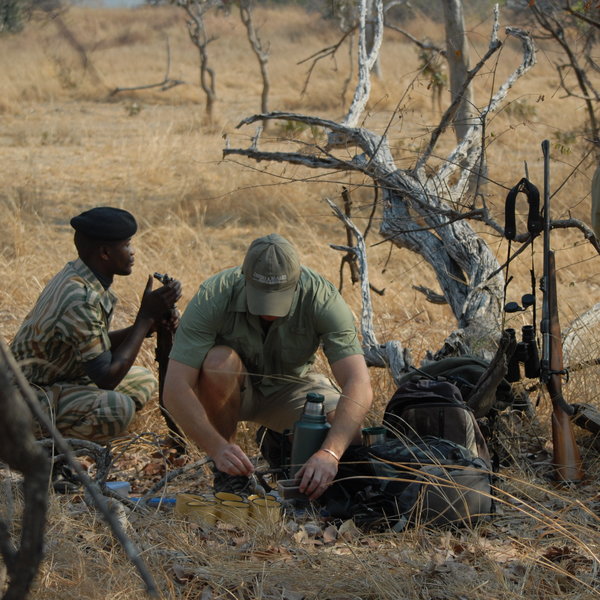
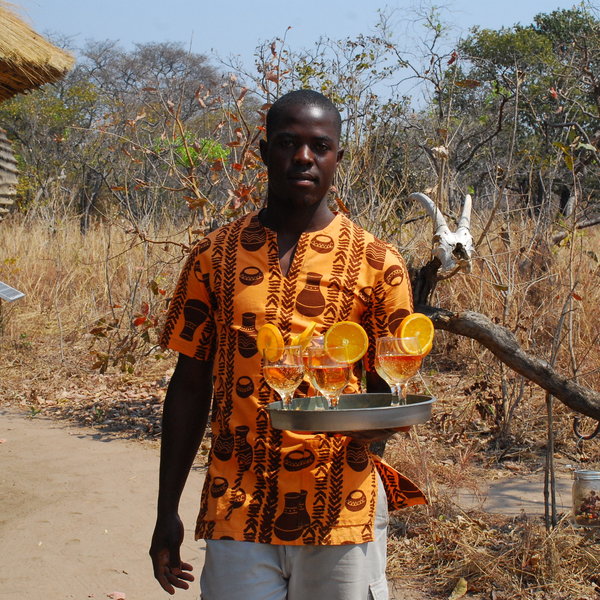
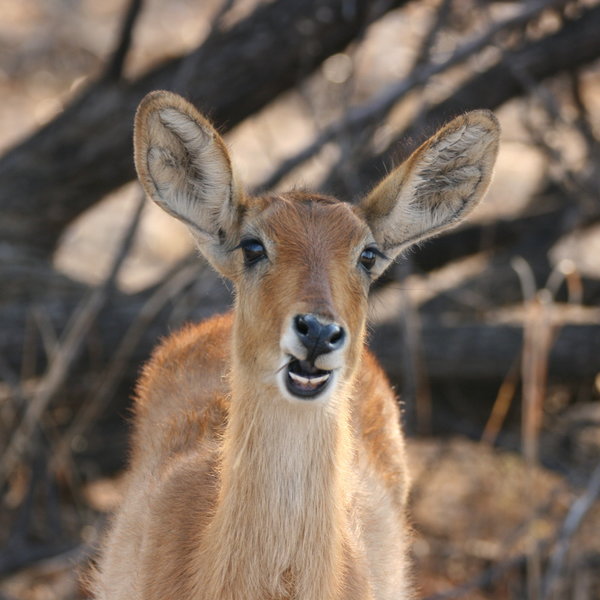
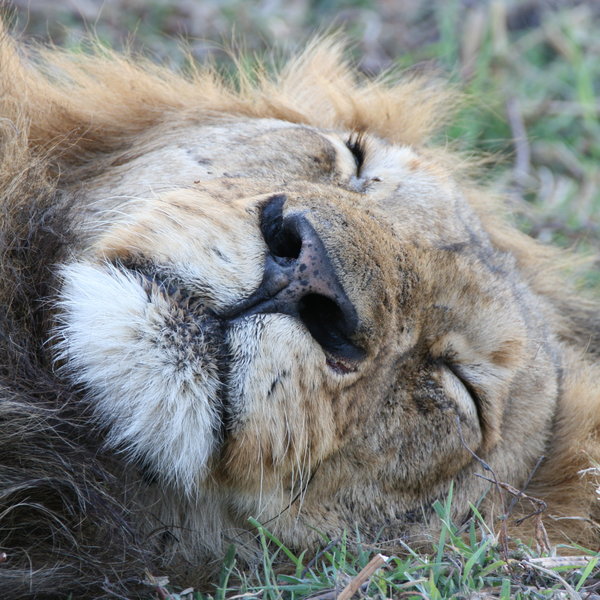
Expert Africa's gallery
When we travel we take lots of photos ourselves to give you a real and un-edited view of the safaris. See our 118 pictures and 1 videos of Musekese Camp to get the candid view.
View gallerySafaris visiting Musekese Camp
Just ideas, we'll always tailor-make a trip for you
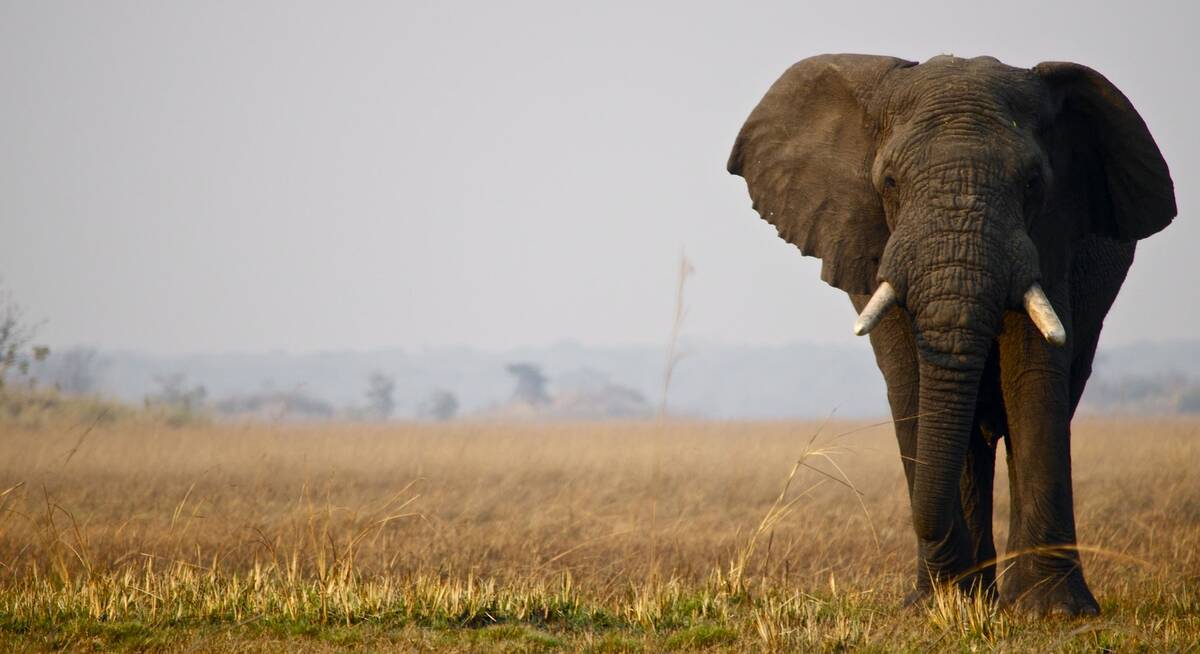
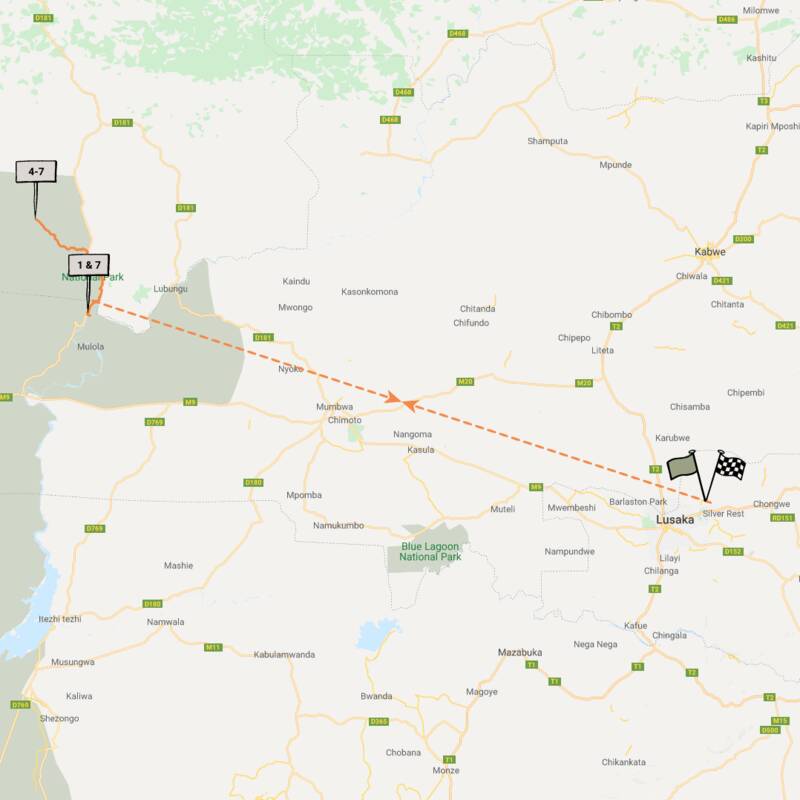
Purple Roller Safari
8 days • 2 locations • 1 country
LUSAKA AIRPORT TO LUSAKA AIRPORT
Explore the varied habitats and terrain of Kafue National Park with stays in two wonderfully remote bushcamps: sister camps that offer access to both the centre of the park and the wildlife-rich Busanga Plains.
Visiting Kafue
US$9,320 - US$9,320 per person
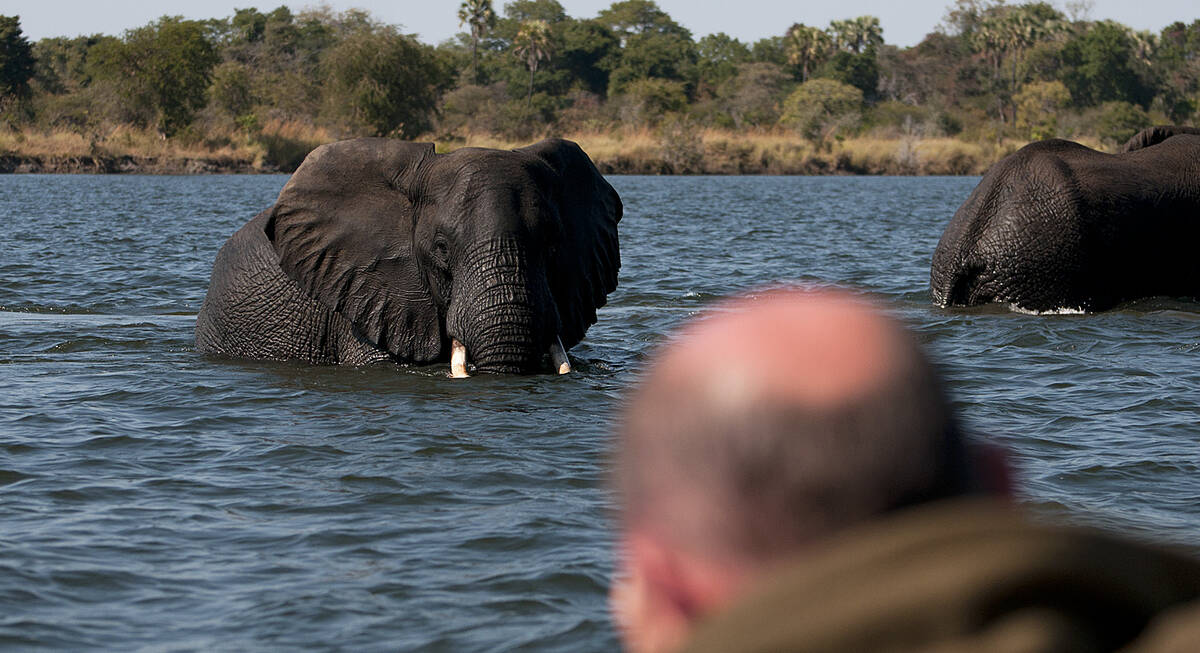
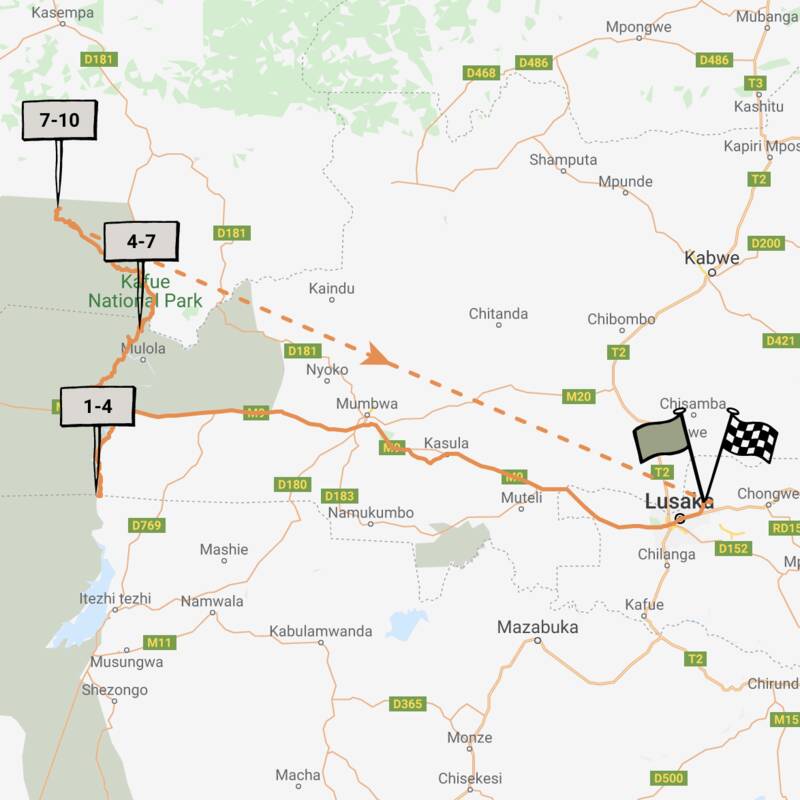
Defassa Waterbuck Safari
9 days • 3 locations • 1 country
LUSAKA AIRPORT TO LUSAKA AIRPORT
Stay in three intimate, owner-run camps during this exploration of Kafue National Park. Remote locations, true wilderness and a range of activities make for a real adventure off the beaten track.
Visiting Kafue
US$9,350 - US$9,360 per person
Musekese Camp: Our full report
Overlooking a permanent lagoon in the Kafue National Park, Musekese lies in an area of mature riverine trees.
Founded by the enthusiastic Phil and Tyrone in 2013, it was previously a simple bushcamp on the edge of a floodplain near the Kafue River, but after significant renovations it was shifted in 2016 to an area the owners call “Eden”.
This camp has made a real name for itself. Phil and Tyrone have both worked in the Kafue for many years and you can sense every bit of their enthusiasm for the park when you stay. Everyone we met praised them for their venture into a previously unused part of the Kafue: the remoteness of this area is a large part of the camp's draw. Add that the pair have opened up several loop roads, building hides and habituating wildlife and you have a really fun wilderness experience that feels new and unique.
The new iteration of Musekese Camp has seen the tents replaced with five chalets, all spacious, with wooden framed canvas walls, wide mesh windows and reed-and-thatch roofs, and wooden decks overlooking the lagoon. The chalets, fully refurbished in 2020 and refreshed for the 2024 season, are simple but comfortable and all are well-appointed with either twin or double beds under a walk-in mosquito net, bedside tables alongside and locally sourced wooden furnishings, including a hanging rack, shelves and chest of drawers. Each chalet has an open-plan en-suite bathroom, with a wide mesh window also giving an expansive view out to the lagoon in front. A basin and flush toilet are to one side, and a shower over a pebble and slate floor to the other. Eco-friendly toiletries are provided.
Lighting is from rechargeable solar lights that provide a good level of light for the room and bathroom - the lights are left out to charge during the day, then placed back in your tent at night.
The main area at Musekese is simple but homely, and we found it really charming. A rustic thatched roof sits over a polished stone floor, creating an open-sided comfortable lounge area, perfectly placed to look out across the view down towards the river. You'll find a couple of sofas and armchairs, scattered with colourful cushions, and in one corner is a map of the Kafue and some board games including Scrabble and Rummikub. Alongside is the bar, with soft drinks, beers, wine and a variety of spirits available, all of which are included in your stay. There's generally someone around to serve, though you're also welcome to help yourself throughout the day. There's also a charging station with international plug sockets, canvas water carriers to use on your walks and a basket of items for sale such as t-shirts and caps, as well as shelves with various reference books and others on the Kafue for guests to flick through.
The main area has been expanded in 2024, and though we’ve yet to see the finished result we understand there are further seating areas, and a section dedicated to the research carried out by Musekese Conservation.
A sandy path leads out from the main area down to split-level wooden decking, also overlooking the plain. The top level holds a tea station and a large communal dining table for shared meals. If the weather is inclement, meals are taken up in the thatched section. The lower deck has more chairs around a firepit.
The activities at Musekese are varied, and are all led by one of their knowledgeable and experienced guides. Many guests opt to focus on walking from the camp, which is a passion for both Phil, Tyrone and their experienced guiding team. On a previous last visit we enjoyed a long walk along the edge of the lagoon, watched a family of bush pigs (a rare occurrence to see them in daylight hours, but there's a family of them that are often seen from the camp) and saw a large herd of roan antelope. We then followed a large breeding herd of elephants, and found a little spot to shelter and watch while the elephants crossed the river and happily mud bathed in the sun.
Guides will often cross the river and walk on the other side, in an area inaccessible by car – so those looking for a very remote walking experience will enjoy it. In accordance with Zambian park rules, Musekese's walks are always accompanied by a trained, armed national park scout.
As well as walking, you can explore further afield on game drives. While on previous visits we have been a little underwhelmed by the somewhat limited amount of wildlife in the area (a throwback from poaching in past years), the animals are now much more habituated and recent experiences seem to suggest that things are much better. This part of the park has a good number of animals, and during our stay, we were lucky enough to see many herds of elephants (numbering several hundred in total), lion and various species of antelope, and some very relaxed leopards.
You may also want to head down river on the camp's steel-bottomed boat, which has comfortable seats for up to nine people. Musekese is especially worth visiting for the birdlife: look out for species such as the half-collard kingfisher; visit the African skimmers which are nesting on a sandbank near camp; and keep your eye out for the Africa finfoot, which you might be lucky to see.
From a smaller second boat with removable seats, it is also possible to do bait or spinner fishing. Musekese tell us that they will also accommodate guests with their own fly-fishing kit. The fishing here is very good, especially during the drier months from August to October, when you have a good chance of catching sizeable bream, pike and barbel.
A treehouse hide is just a short walk from camp, raised high to allow for elephants to walk beneath, giving guests an alternative option between the other activities on offer, or as an option in itself.
Musekese is located in the central area of the park, so combines well with its sister camp Ntemwa Busanga. A simpler camp located at the southern end of the Busanga Plains, Ntemwa can be accessed by a three-hour road transfer or a chartered flight from Musekese and offers access to a completely different area of the park in terms of the landscape and the ecosystem.
Activities
4WD Safari
Birdwatching
Boat trip
Fishing
Guided walking safari
Night drive
Families & children
- Attitude towards children
- Musekese welcome older children.
- Property’s age restrictions
- Children under the age of 14 years are not permitted to take part in walking safaris. Families travelling with children under the age of 12 years will have to book the whole camp, and the children are not able to go on the mobile camping trip.
- Special activities & services
- Musekese has no special facilities for children, but they do have some board games and some arts and crafts.
- Equipment
- Musekese does not have any special equipment for children.
- Generally recommended for children
- Musekese is a small camp with an informal atmosphere and an attentive team – which is good for families with older children. Younger children might feel the lack of infrastructure here.
- Notes
- Musekese is a very wild camp. Children are the responsibility of their parents or guardians and should be under supervision at all times.
Food & drink
- Usual board basis
- Full Board & Activities
- Food quality
- The food at Musekese was good, and we enjoyed the dinner party style atmosphere of the communal meals when we stayed in October 2023. The camp’s kitchen is able to cater to a wide range of dietary requirements, with advance notice.
Breakfast is set out at 6am around the campfire. It is a help-yourself system, with cereals (branflakes, rice crispies and muesli), hot porridge, fruit salad and toast cooked on the fire. There is also yoghurt, tea and coffee.
A buffet lunch is served after guests return from the morning activity, usually around 11am and midday. We enjoyed a pasta salad, coleslaw and a fresh salad with olives, hard-boiled eggs, tomatoes and cucumber, along with chicken, beef and vegetable skewers, served with freshly-baked bread is on offer, along with a selection of chutneys and pickles. A fruit bowl was placed on the table for people to help themselves
At teatime, before the afternoon activity, we had freshly baked doughnuts and a fruit dip, which were really tasty.
Dinner on our first evening was a starter of ratatouille and pesto bruschetta, followed by delicious beer battered tilapia fillets, with chunky chips. Pudding was a peach and sultana crumble, and there were a selection of teas, coffee and after-dinner drinks on offer also. - Dining style
- Group Meals
- Dining locations
- Indoor and Outdoor Dining
- Further dining info, including room service
- Musekese can arrange bush dinners for special occasions, if they are advised in advance.
- Drinks included
- Filtered drinking water from the camps borehole), soft drinks and local alcoholic drinks are included. The camp offers a few premium wines, which are an extra cost.
Our travellers’ wildlife sightings from Musekese Camp
Since mid-2018, many of our travellers who stayed at Musekese Camp have kindly recorded their wildlife sightings and shared them with us. The results are below. Click an animal to see more, and here to see more on our methodology.

100% success

96% success

96% success

91% success

65% success

33% success

32% success

30% success

22% success

16% success

16% success

10% success

6% success

0% success

0% success

0% success
Getting there
- Location
- Kafue National Park, Zambia
- Ideal length of stay
- If travellers are visiting just Musekese, three or four nights is perfect. Those also wishing to experience their Ntemwa-Busanga camp will want to stay in the area for about a week.
- Directions
- Musekese is around a five-hour drive from Lusaka: three hours on tarmac and two on bush tracks. Do be aware that, depending on Lusaka traffic, and the current state of the roads in the park, it's possible for this transfer to take up to 7 hours, possibly more. It is also possible to fly for an hour to Lufupa airstrip in the Kafue National Park, via charter. Then it is a short vehicle and boat transfer of 20 minutes to the camp, which is on the other side of the river.
- Accessible by
- Fly-and-Transfer
Special interests
- Birdwatching safaris
- With over 490 species in the Kafue, this park is great for bird-watching in Zambia. Combine that with the excellent guides at Musekese and you are likely to have a superb birding experience.
- See ideas for Birdwatching safaris in Zambia
Sustainability
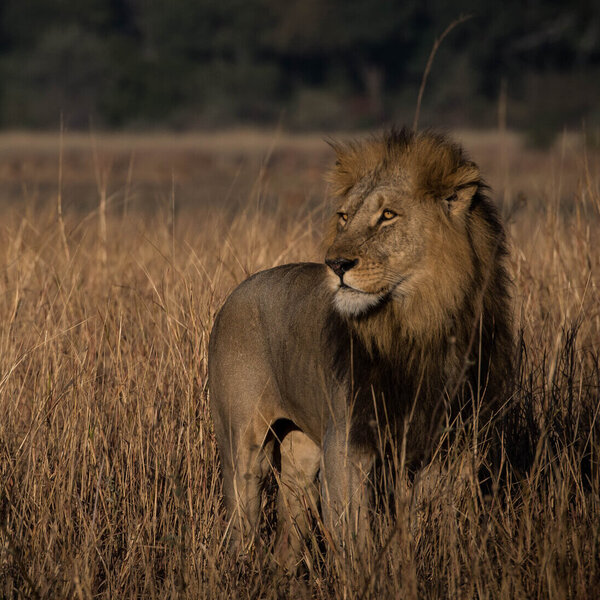
Wildlife conservation in action
Established in 2017 by the owners of Musekese and Ntemwa-Busanga camps, Musekese Conservation (MC) has a responsibility to protect a 2,700km² area of the northern Kafue National Park. Working with other like-minded organisations and the Zambian Department of National Parks and Wildlife (ZDNPW), their impact is already telling, with a significant reduction in illegal activities and a commensurate increase in wildlife populations.
Key to their work is the establishment of a large anti-poaching base, which by the end of 2020 was supporting four anti-poaching teams, with more envisaged. Nearly all of the scouts, which include an increasing number of women, are recruited from the nearby communities. Each new recruit is trained by the ZDNPW, with MC committed to extending this with specific courses in areas such as first aid, night operations and crime-scene management. From 2021, the MC teams will also benefit from a light aircraft to support their anti-poaching and monitoring activities.
In addition to on-the-ground protection of wildlife and the environment, Musekese Conservation established a research team in 2020. Its aim is to establish baseline populations of large carnivores and their prey within the park, as well as monitoring resident prides, packs and individuals that are flourishing under this new-found protection.
Rates at both Musekese and Ntemwa-Busanga camps include a contribution to this conservation work of US$40 per night. Guests may also opt to visit MC’s anti-poaching base whilst staying at Musekese Camp, perhaps meeting up with project staff and scouts, and there are plans to establish a visitor centre here to enable a greater understanding of the challenges of wildlife conservation in Africa.
See more great sustainability projects in Zambia
Communications
- Power supply notes
- There is a charging point with international sockets and additional USB points located in the main area. Musekese works on solar power, for the lamps in the tents and along the pathway, the fridges/freezers and the central charging station. There is a back-up generator.
- Communications
- While at Musekese you should consider yourself out of contact; there is no WiFi or phone signal. In case of emergency, guests may use the camp’s internet service.
- TV & radio
- No
- Water supply
- Borehole
- Water supply notes
- Musekese has its own borehole, and water from this is pumped to the plumbed bathrooms. The camp bathrooms have plumbed wash-basins, showers and flushing toilets.
Fresh drinking water is sourced from the borehole also, which helps the camp to reduce the amount of plastic that they have to throw away.
Health & safety
- Malarial protection recommended
- Yes
- Medical care
- The guides at Musekese are first-aid trained, and both Phil and Tyrone complete regular advanced first-aid training . There is a trauma kit in camp for serious injuries, and a basic first-aid kit for minor ones. First-aid kits are taken out on activities. The camp has cover for medical evacuation to Lusaka and Johannesburg, and would use Lufupa airstrip as its evacuation point.
- Dangerous animals
- High Risk
- Security measures
- The camp staff escort guests to and from their tents at night.
- Fire safety
- Musekese has a fire break around the camp, and they also have fire beaters and water bags. Every chalet and vehicle has an extinguisher, as does the kitchen and main area. Two staff members have attended fire-fighting training.
Useful info
- Disabled access
- Not Possible
- Laundry facilities
- Laundry is included in the cost and is hand washed, line dried and coal ironed. The camp are happy to wash all items, but washing powder is available if there is anything you would rather do yourself.
- Money
- Guests are welcome to use the central safe at Musekese; just discuss this with Phil and Tyrone when you arrive. There is no currency exchange here as the camp does not carry much in the way of cash.
- Accepted payment on location
- Any additional payment must be made in cash only: Zambian kwacha, US dollars or any other major currency.
Plan and book your trip with Expert Africa
All of our trips are tailor-made, so we'll always adapt them to suit you. Talk to an Expert and let us plan and arrange your perfect trip.

Talk to an Expert
Call or email us now! We’ll match you with the Specialist in our team who is best suited to help you. Then together we can start planning your trip.

Set up your itinerary
Based on our experience and your ideas, your specialist will create a detailed, costed itinerary. We’ll refine it together, until we have a trip that you’re perfectly happy with.

Prepare for your trip
The same Specialist will make the seamless arrangements for your trip, send you detailed travel documents, and be available to answer any questions before you depart.

Travel with peace of mind
After you set off, you’ll be cared for by our partners in Africa, most of whom have worked with Expert Africa for decades. And if you ever need us urgently, we’re available 24/7.

When you return
We love to learn about your trip, and so will always be grateful if you’ve the time to give feedback to your Specialist when you return.
Musekese Camp's location
Look closer at the environment and surroundings of Musekese Camp.
Other lodges in Kafue National Park
Alternative places to stay in this same area.
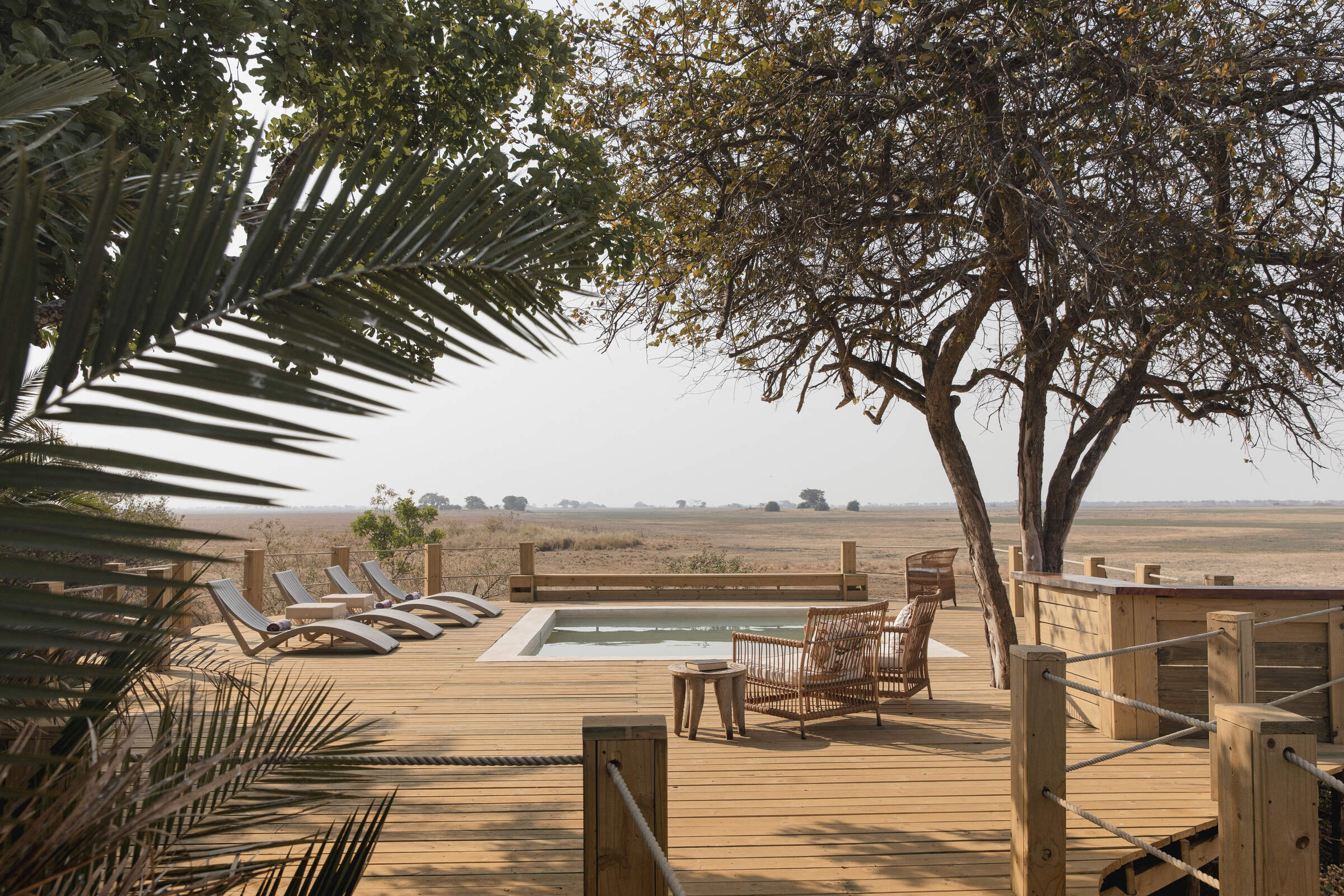
Busanga Bushcamp
Busanga Bushcamp is a small but comfortable tented bushcamp (max 8 guests) which makes a great base for a wildlife safari to the Busanga Plains.
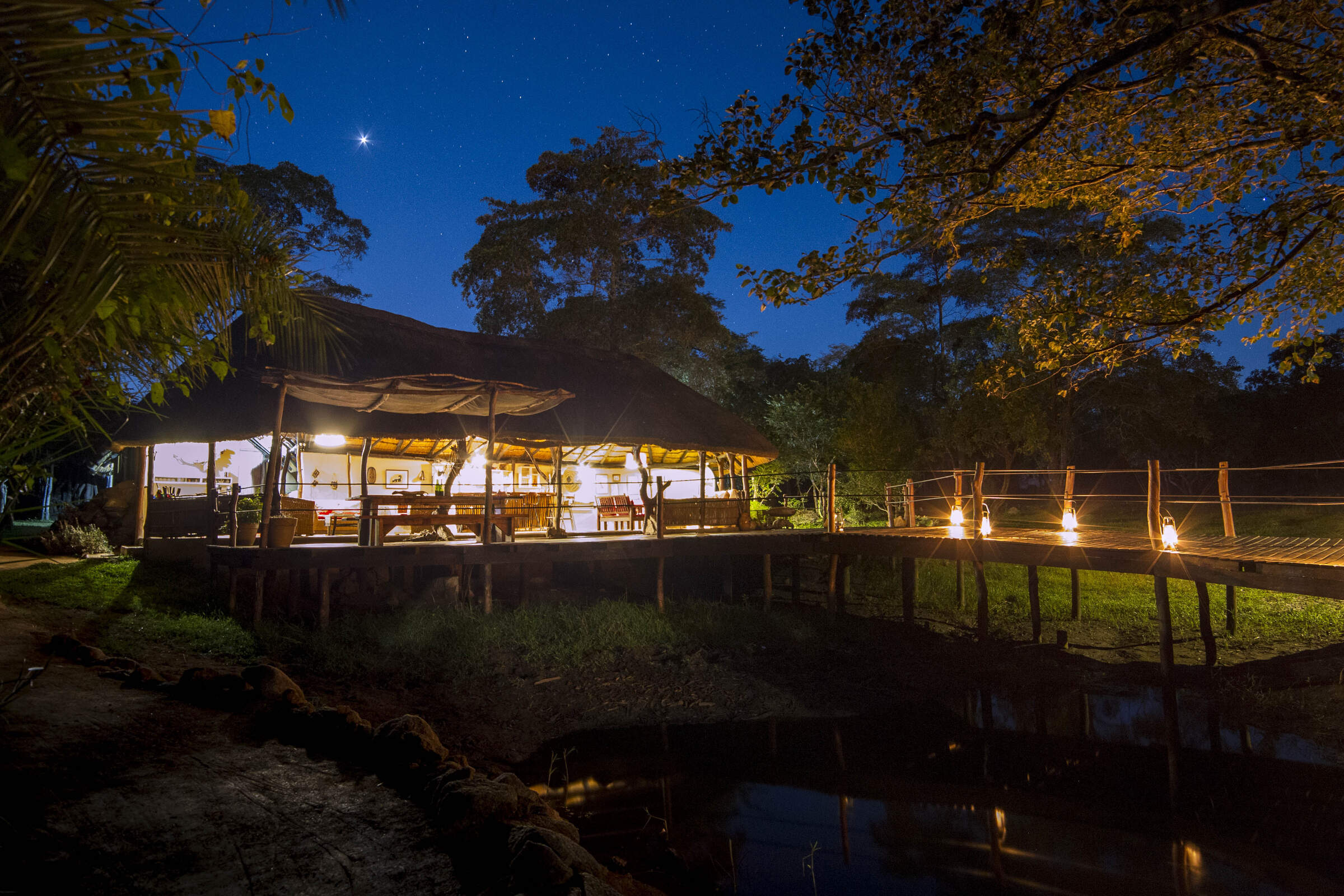
KaingU Lodge
KaingU Lodge, in the centre of the southern part of Zambia's vast Kafue National Park, is in a great location for exploring this section of the Kafue River
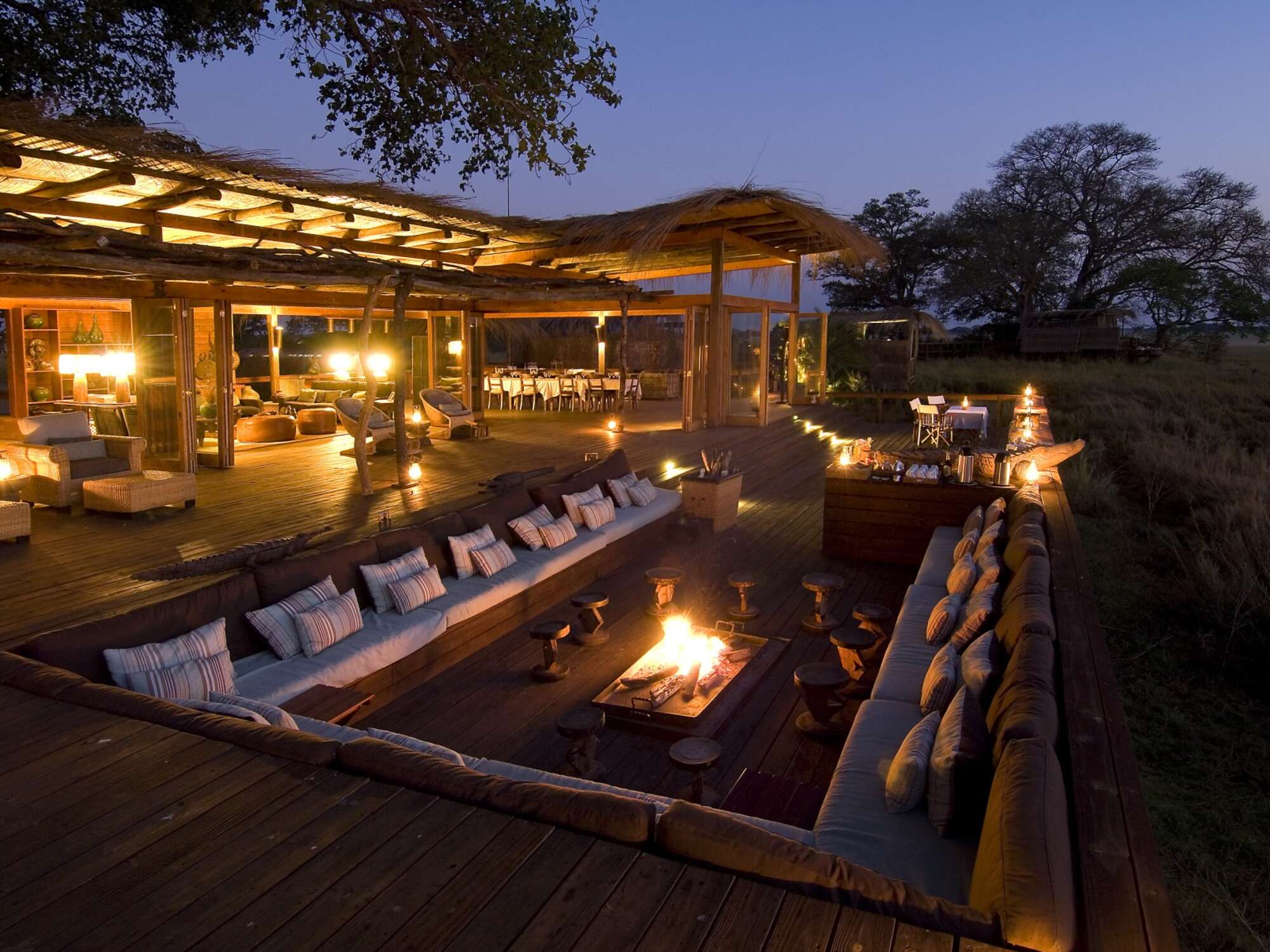
Shumba Camp
Shumba is a high-spec camp built on a tree island in the magical Busanga Plains. It opens in May, when the birdlife is particularly amazing; as the dry season progresses, the game can become remarkable.
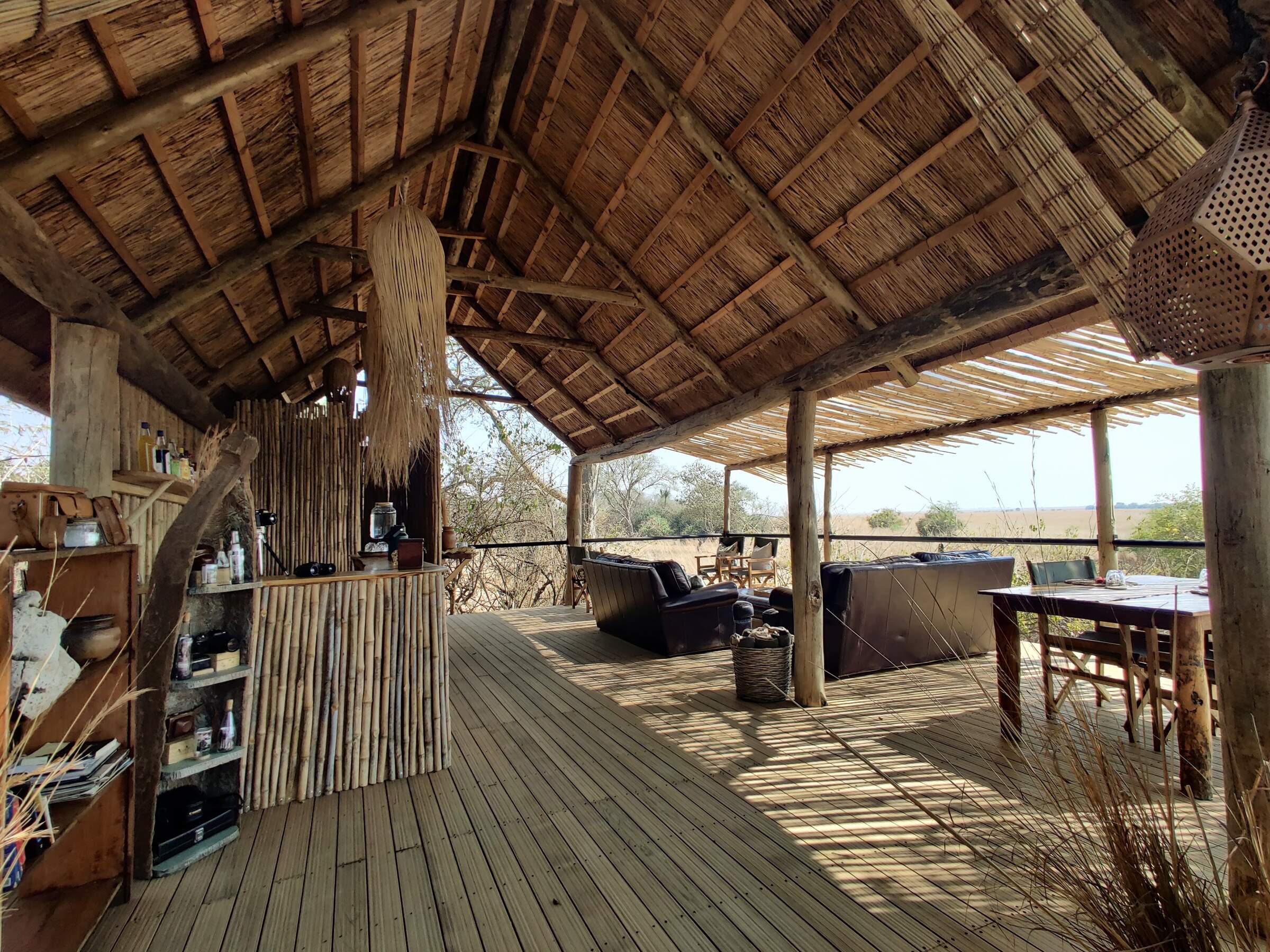
Ntemwa Busanga Camp
Ntemwa Busanga Camp is a simple but comfortable camp on the southern tip of the Busanga Plains which combines well with its sister camp, Musekese.
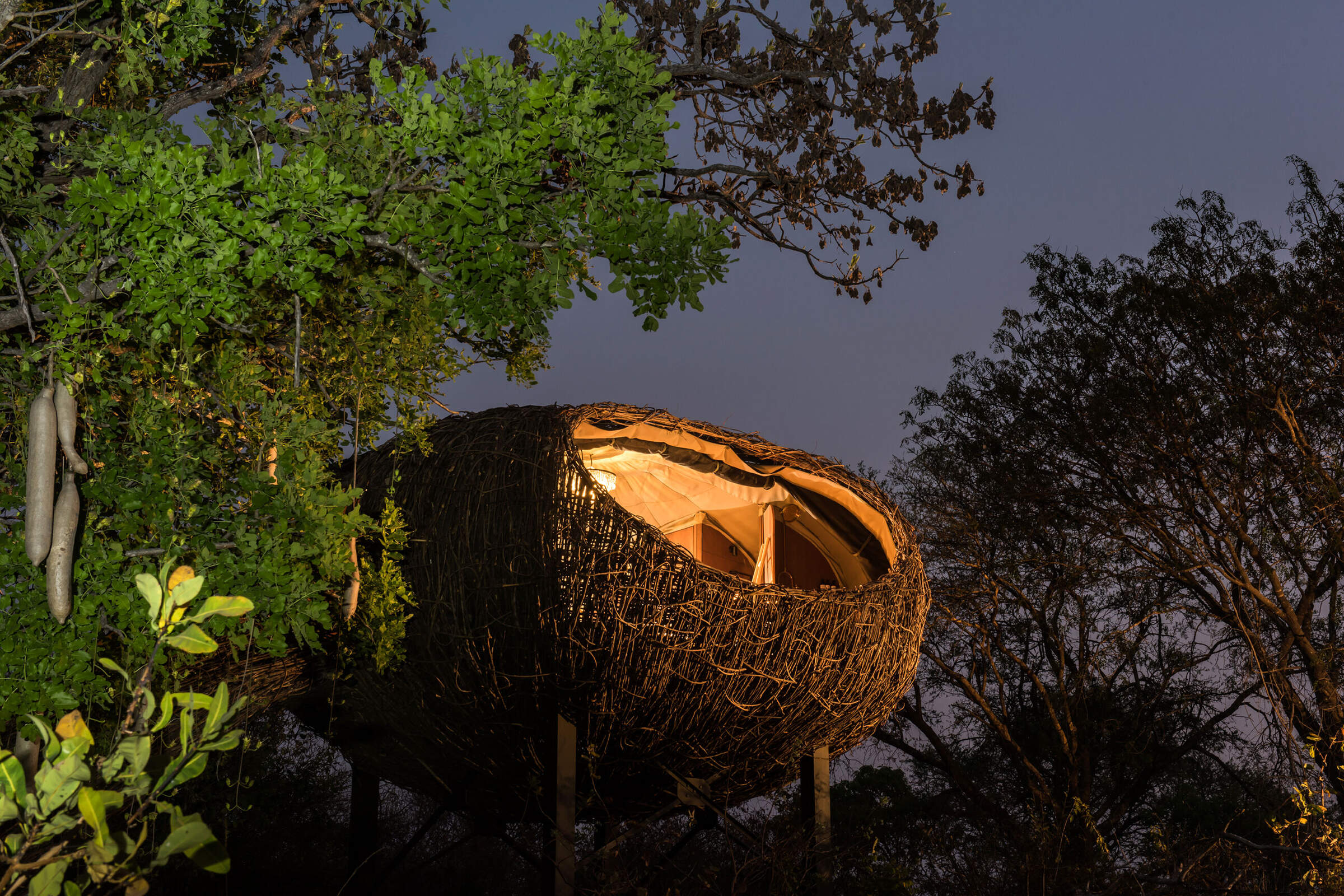
Chisa Busanga
Opened in mid 2021, Chisa Busanga Camp is a beautifully designed, small, intimate and rustic camp.
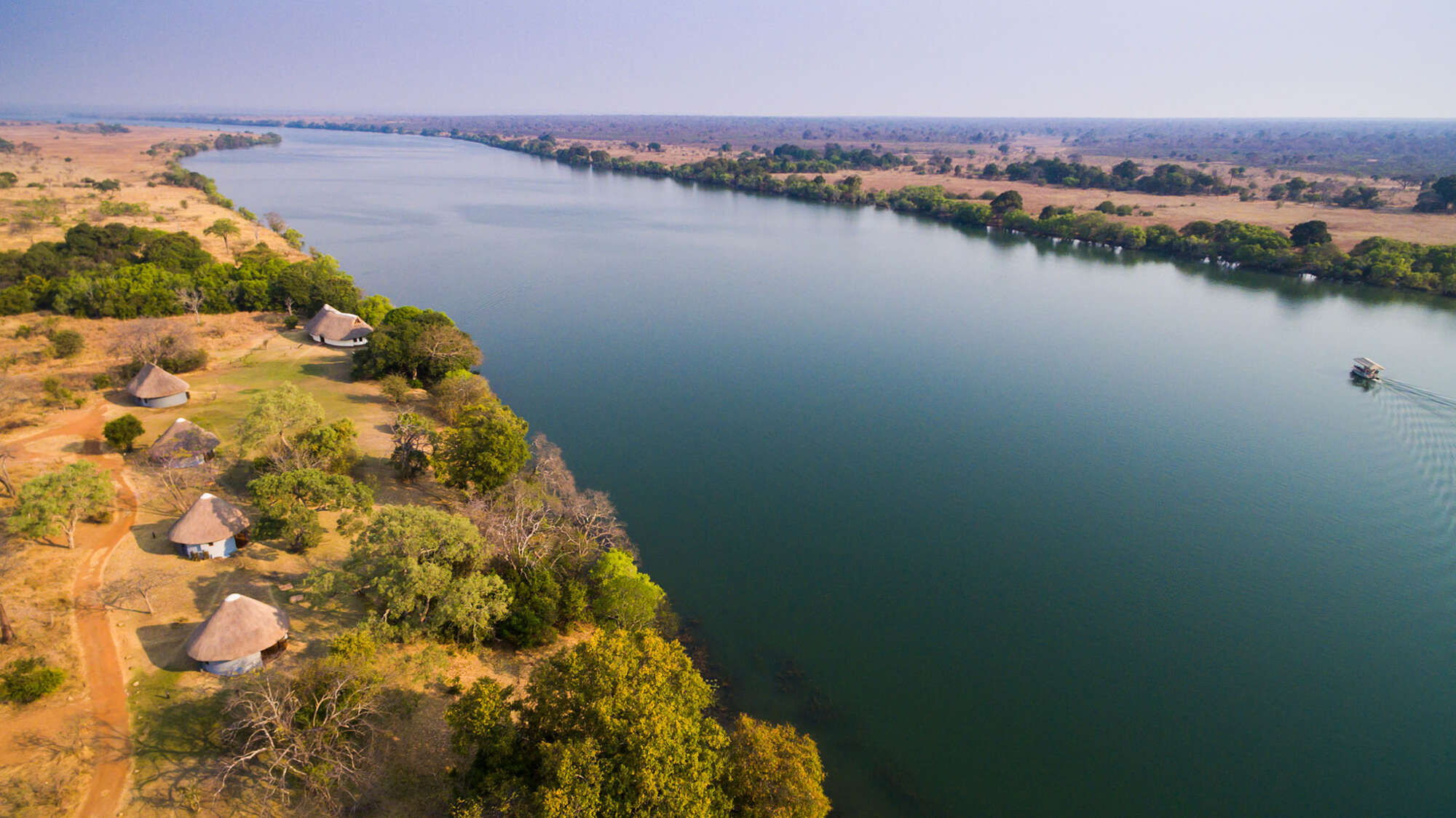
Mukambi Safari Lodge
Mukambi Safari Lodge is a solidly built, comfortable property just off the main road from Lusaka, making it one of the most convenient camps in Kafue.
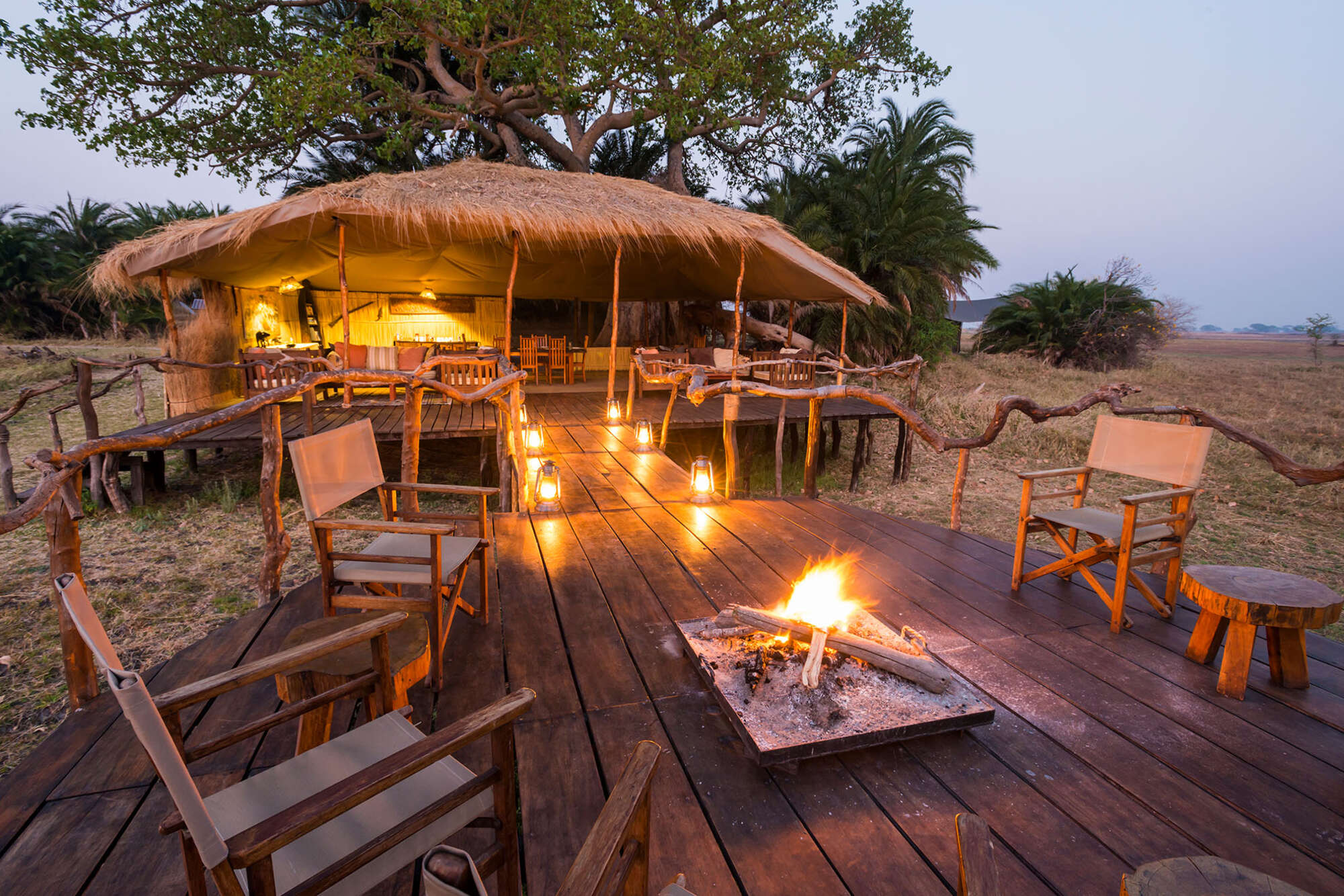
Mukambi Plains Camp
Mukambi Plains Camp is a rustic, tented property located in the middle of the vast Busanga Plains in Kafue National Park.
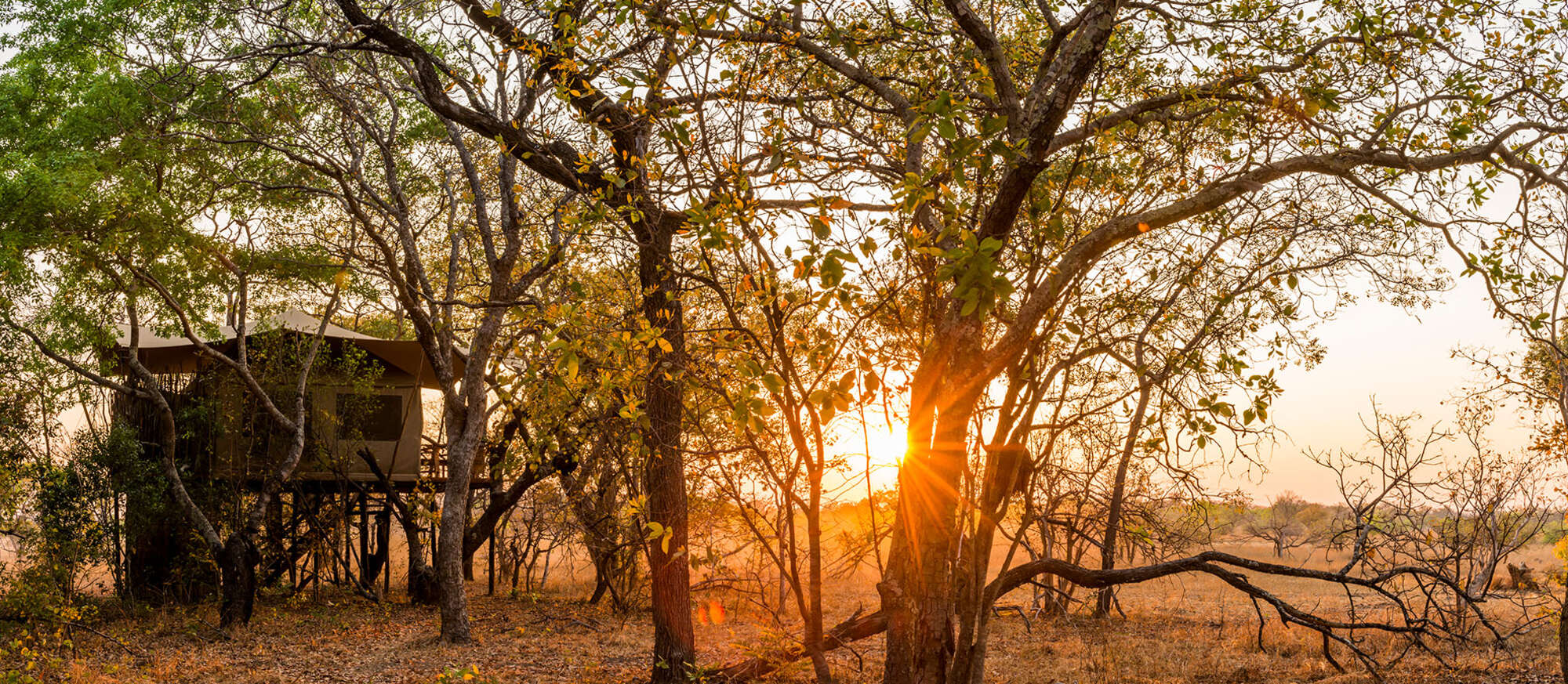
Fig Tree Camp
Fig Tree camp is in the centre of Kafue National Park, and in addition to having a stunning location is well placed to start or end your trip in the park.
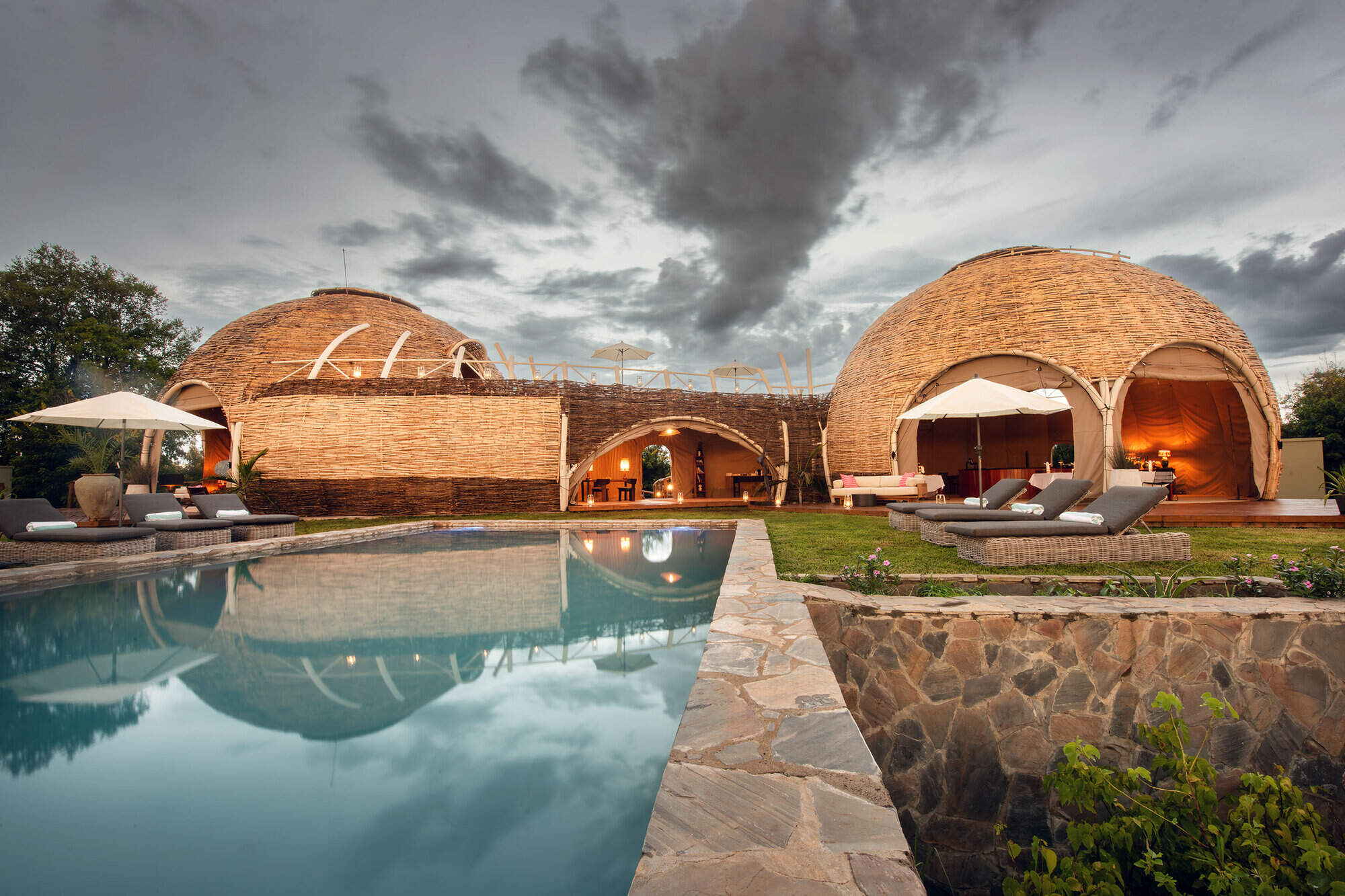
Ila Safari Lodge
Ila Safari Lodge is a comfortable lodge just outside Kafue National Park, with convenient access from Lusaka.
When to go to Kafue National Park
Our month by month guide: What it's like to visit Musekese Camp in Kafue National Park
Jan
Feb
Mar
Apr
May
Jun
Jul
Aug
Sep
Oct
Nov
Dec
Kafue National Park in January
January marks the peak of Kafue National Park's wet season. Expect frequent heavy downpours, often lasting for hours, punctuated by brief sunny intervals. The mercury soars above 30°C/86°F, accompanied by high humidity.
The park's landscapes are verdant and lush, with crystal-clear air. However, the abundance of water causes wildlife to disperse, and thick vegetation can hinder sightings. Migratory birds boost the park's avian diversity. Many areas of Kafue become inaccessible as seasonal rivers flood and dirt roads turn impassable. Only a few lodges, near all-weather roads in the centre of the park, remain operational. Visitor numbers are low, and accommodation options offer their most competitive rates.
- Wet season peak: frequent showers, steamy conditions
- Most lodges shut, verdant scenery ideal for photos
- Wildlife scattered, challenging to spot in thick foliage
- Minimal tourists, budget-friendly rates available
- Lush greenery dominates the landscape
Our view
This is not a great time to visit
Weather in January
Kafue National Park in February
February continues the wet season trend in Kafue National Park. Dramatic thunderstorms deliver brief but intense rainfall most days, interspersed with clear, sunny periods.
The park remains awash with water, dispersing wildlife and limiting access to certain areas. Dense vegetation restricts game viewing and walking safaris, but swollen rivers allow for unique boating experiences in some parts of the park. As the month progresses, water levels in the park's rivers begin to rise noticeably. The few operational camps continue to see low visitor numbers and offer reduced rates.
- Continued wet season: daily downpours, muggy atmosphere
- Majority of safari lodges and camps closed for the season
- Verdant surroundings, but wildlife sightings limited
- Rivers in flood and excellent for bird-watching
- Scarce visitors, economical pricing for adventurers
Our view
This is not a great time to visit
Weather in February
Kafue National Park in March
March signals the final month of Kafue's rainy season, with heavy showers still common. Water levels peak, making navigation within the park challenging. Daytime temperatures consistently exceed 30°C/86°F, with rain-induced humidity remaining high.
Most camps are still closed, and thick vegetation continues to limit wildlife viewing and walking safaris. However, this is a prime time for observing animals with their young, and predator activity can be high. The combination of clear air and increasingly frequent blue skies creates excellent conditions for photography. Birdwatching remains exceptional as migratory species prepare for their winter journey.
- Wet season climax: regular showers, high humidity
- Abundant newborns, but animals hard to spot in greenery
- Few tourists, low-season rates at lodges
- Lush vegetation persists across Kafue
- Most lodges remain closed
Our view
This is not a great time to visit
Weather in March
Kafue National Park in April
April marks a transition in Kafue National Park as the rains shift from intense downpours to lighter, sporadic showers. The landscape remains lush and green, but large wildlife sightings are still limited.
Most safari camps still remain closed; only those central camps near all-weather roads have reliable access. The park's rivers and wetlands are at their fullest, creating a picturesque setting. Despite improving conditions, game viewing can still be challenging due to the dense vegetation.
- Rainy season waning: occasional showers, humid days
- Many bush roads are still impassable
- Verdant scenery continues, wildlife viewing improving
- Most safari camps and lodges remain closed
- Low visitor numbers; attractive low-season rates
Our view
This is not a great time to visit
Weather in April
Kafue National Park in May
May typically heralds the start of the dry season in Kafue. While occasional showers may occur, most days are clear and sunny. As winter approaches, temperatures begin to drop, with daytime highs around 26°C/79°F.
The drying landscape improves access throughout the park, and some camps reopen – though access across the Busanga Plains remains challenging. Standing water is still prevalent, but game viewing noticeably improves as the vegetation thins. The month's end can be popular with visitors taking advantage of pleasant weather, better wildlife sightings, and the last of the low-season rates at many camps.
- Dry season onset: clearer skies, pleasant temperatures
- Many safari camp and lodges now operational
- Landscape still green, excellent for photographers
- Wildlife sightings improving as vegetation thins
- Final month for off-season lodge rates
Our view
A good time to visit, with pros & cons
Weather in May
Kafue National Park in June
June in Kafue National Park sees virtually no rainfall and a high likelihood of consistently sunny days. Humidity drops significantly, and winter's approach brings cooler temperatures, with nighttime lows around 10°C/50°F and daytime highs of 25°C/77°F.
The landscape remains relatively lush, but thinning vegetation greatly enhances visibility for game viewing. The park's rivers and wetlands start to recede, leading more wildlife to appear around the remaining water sources. Even the camps on the Busanga Plains are usually operational by June. Some still offer shoulder season rates, whilst others begin charging peak season prices.
- Consistently sunny days, cooler nights setting in
- All Kafue lodges open and welcoming visitors
- Wildlife viewing noticeably better, animals more visible
- Lovely conditions for walking safaris in Kafue
- Almost all tracks now passable, even on the Busanga Plains
Our view
A very good time to visit
Weather in June
Kafue National Park in July
As the dry season progresses in Kafue, vegetation continues to thin and water becomes scarcer. Wildlife begins to cluster around major water sources, improving game viewing opportunities.
July marks the heart of winter, with daytime temperatures in the 20s Celsius/70s Fahrenheit , but nighttime lows can drop to single digits. Early morning and late evening game drives can be particularly chilly, with camps often providing blankets and hot water bottles. Visitor numbers increase significantly, and popular small camps can fill up quickly. Properties now charge high season rates. The floodwaters in the Busanga Plains have receded to the north, opening up further areas for exploration.
- Warm days, chilly nights: bring layers for comfort
- Wildlife congregating near water sources, easier to spot
- Walking safaris popular, vegetation less dense
- End-July is the start of the busy season
- Lodge and camp rates now at peak season rates
Our view
A very good time to visit
Weather in July
Kafue National Park in August
By August, Kafue's vegetation has significantly thinned and wildlife congregates around remaining water sources, offering excellent game viewing opportunities. Rain is rare, with sunny days almost guaranteed, though dust and smoke can create a haze on the horizon.
Temperatures climb into the 20s Celsius/70s Fahrenheit the day, but dip below 5°C/40°F during nights which feel very cold. Warm clothing (hats and gloves!) is essential for morning and evening activities. One of the most popular months to visit Kafue so safari camps charge peak rates and availability can be limited, especially in sought-after locations.
- Very dry conditions, warm days but cold nights
- Excellent wildlife viewing
- Slight haze may affect long-distance photography
- Perfect weather for walking safaris in the park
- Peak season: lodges at high season rates
Our view
Fantastic: the very best time to visit
Weather in August
Kafue National Park in September
September is arguably the prime time to visit Kafue National Park. Rainfall is virtually non-existent, humidity is low, and temperatures begin to rise. Morning game drives become more comfortable with daytime highs typically in the low 30s Celsius/80s Fahrenheit; nights are less bitter.
Water scarcity concentrates wildlife around remaining sources, providing excellent viewing opportunities and increased chances of inter-species interactions. The wildlife on the Busanga Plains reaches its zenith as safari camps charging peak rates are often full – often having been booked up well in advance. A noticeable haze can affect distant views and photography.
- Dry, hot days with clear skies and mild nights
- Prime time for wildlife viewing in Kafue
- Often dense wildlife on the Busanga Plains
- Dusty conditions may create hazy landscapes
- High season continues, lodges often fully booked
Our view
Fantastic: the very best time to visit
Weather in September
Kafue National Park in October
October sees Kafue at its driest, with the landscape appearing barren and brown. Occasional showers may occur as the promise of the wet season looms. Temperatures can soar above 40°C/104°F during the day, rarely dropping below 20°C/68°F at night.
A smoky, dusty haze can be seen in distant photographs, even obscuring the horizon. The scarcity of water leads to great competition at remaining sources, with excellent opportunities to observe predator-prey interactions. Game viewing is at its peak, though the animals are feeling the stress of the dryness. Most smaller, more remote camps, and all of those on the Busanga Plains, close at the end of October.
- A prime month for wildlife viewing
- Lots of ‘fishing parties’ of birds feeding in drying pools.
- Very hot days and nights, rain unlikely
- Landscape increasingly dusty and harsh
- Hazy conditions may impact photography
Our view
A very good time to visit
Weather in October
Kafue National Park in November
November typically marks the transition from dry to wet season in Kafue – which makes this month unpredictable. Temperatures remain high and humidity builds until it rains. Spectacular thunderstorms then increase in in frequency later in the month, triggering rapid green growth.
Wildlife begins to disperse as water becomes more readily available. Increasing numbers of migratory birds arrive and antelope species gathering for calving. Most more remote camps are closed, including those on the Busanga Plains; camps remaining open reduce their rates. With the rains comes crystal-clear air – perfect photographic conditions.
- Transition from dry to wet season begins
- Wildlife viewing declines as animals disperse
- Landscape turns green, everything comes alive
- Clearer air means better photographic conditions
- Lodge rates decrease; most safari camps close
Our view
A good time to visit, with pros & cons
Weather in November
Kafue National Park in December
December usually sees Kafue fully in the grip of the wet season. Heavy thunderstorms occur on most days, interspersed with sunny periods. Temperatures begin to drop but still exceed 30°C/86°F during the day, accompanied by high humidity.
The rainfall transforms the landscape, encouraging lush vegetation growth. While wildlife remains in the park, sightings become more challenging due to the thick foliage and dispersed animal populations. Many areas become difficult to access, and all but a few centrally located camps close for the season. Open camps offer their lowest rates. The rains clear the air, restoring vivid blue skies that delight photographers.
- Rainy season in full swing: hot, humid, wet days
- Wildlife harder to spot as vegetation thickens
- Many Kafue lodges close; others offer low-season rates
- Green landscape and clear air perfect for photography
- Many birds in breeding plumage
Our view
This is not a great time to visit
Weather in December

Looking for inspiration on where to travel next?
Visit our trip chooser to explore your options and find inspiration for your perfect African adventure
Inspire me